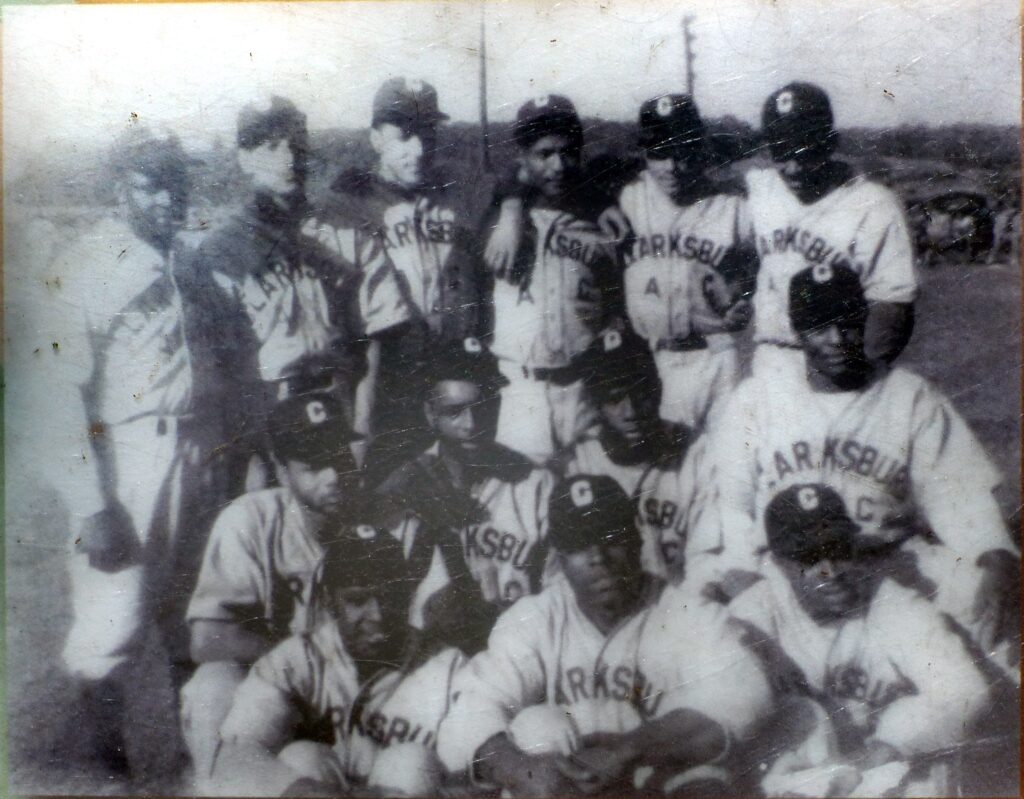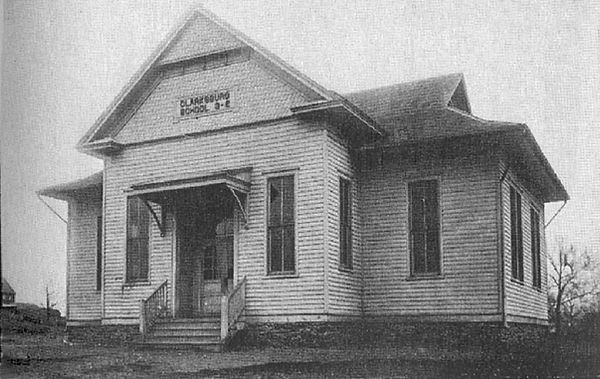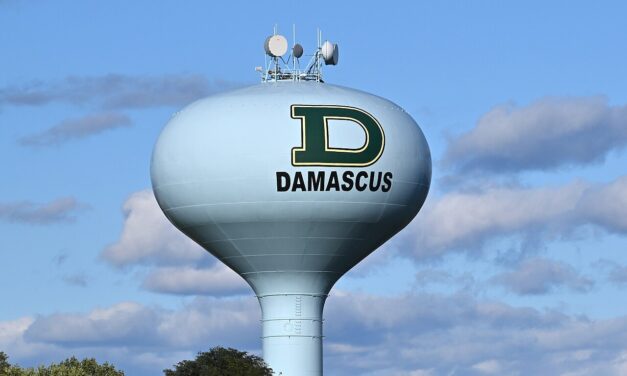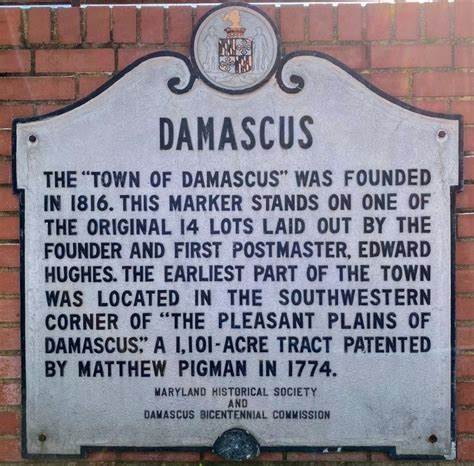Clarksburg:
Clarksburg Historical Society: Clarksburg Historical Society, Inc. | Clarksburg, MD
Clarksburg is one of Montgomery County’s oldest intact towns. Its earliest beginnings go back to ~1735 when William Clark of Lancaster County, PA started coming to the future town site to trade with the Shawnee, Tuscarora, and Seneca Indians. At first he traded from a wagon but soon afterwards, he built a log building near the intersection of two famous Indian trails. This intersection of the “Old Sinequa Indian Trail” which has evolved over the years to become the present Frederick Road and a westward trail now approximating the location of Route 121 became the future site of Clarksburg.
Within a few years the “Old Sinequa Indian Trail” became the major road connecting Georgetown and Frederick. Dowden’s Ordinary, an inn in Clarksburg established by Michael A. Dowden, became a convenient and important stopping point for travelers. It is said that this inn provided lodging or entertainment for such notables as George Washington, General Braddock, and Andrew Jackson.
As the town grew, John Clark, son of William Clark, built a permanent general store. In addition to being a merchant, he was a justice of the peace, a county commissioner, a deacon of the Methodist Church, and the first postmaster of Clarksburg. It’s no wonder that the town took his name as its own.
The town continued to grow and by the 1850’s it was the third largest town in Montgomery County after Rockville and Poolesville. Clarksburg had become a center for industry and trade with several inns and taverns, general stores, blacksmith shops, wheelwright shops, shoemakers, mills, and distilleries to name a few of its businesses.


Damascus:
Damascus Heritage Society Museum: Welcome to the Damascus Heritage Society Museum – Damascus Heritage Society Museum
The area currently known as Damascus, with a current population over 17,000, was granted by the then-new U.S. state of Maryland to Matthew Pigman in 1774. President James Madison appointed Edward Hughes, War of 1812 veteran, postmaster of the developing community of Damascus in 1816, and Hughes received permission from Congress for a postal route through the town. Hughes called his town “The Pleasant Plains of Damascus” after Damascus, Syria. A newspaper in Frederick wrote of Hughes’s growing town in 1816: “There is at this place an extensive opening for mechanics of all the different kinds, and it bids fair to improve very fast; … There is at present two blacksmith shops, a saddler’s shop and a store in the place — a tailor, a wheel wright, and a shoemaker are much wanted, and would meet with great encouragement.” In 1819, Hughes bought 40 acres and began subdividing lots for sale. On September 12, 1862, U.S. Army troops marched through the “village” of Damascus via what is now Route 27 on their way to the town of Sharpsburg, where they engaged Confederate troops commanded by General Robert E. Lee at the Battle of Antietam.
The town was incorporated from 1890 until 1914, when the townspeople requested the incorporation be withdrawn so that Old Quaker Road, used since Revolutionary times and before, could be paved into a state highway.
Damascus was Maryland’s last dry town until 2013, when townspeople passed a bill by referendum to allow the sale of beer and wine.
In 2017, Damascus parents and teachers raised funds to paint the town’s water tower with the green-and-gold “D” logo, as a way to honor the prestigious football team and turn the formerly plain-looking tower into an iconic town landmark. The tower can be seen from all around Damascus, and from the high school football field.


